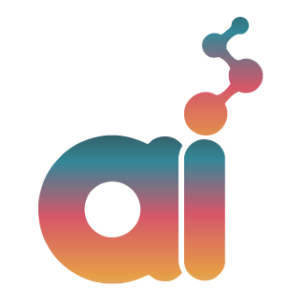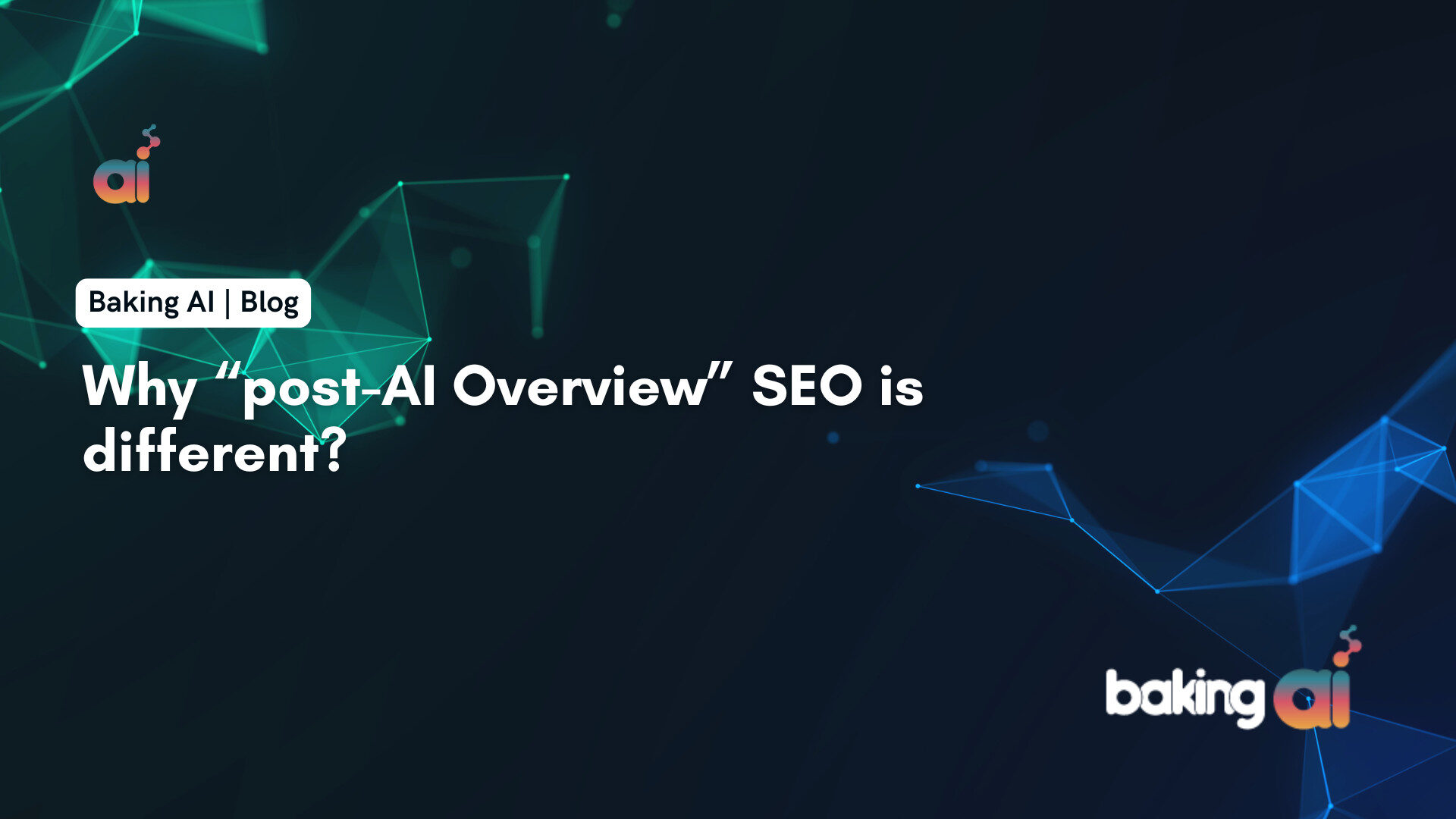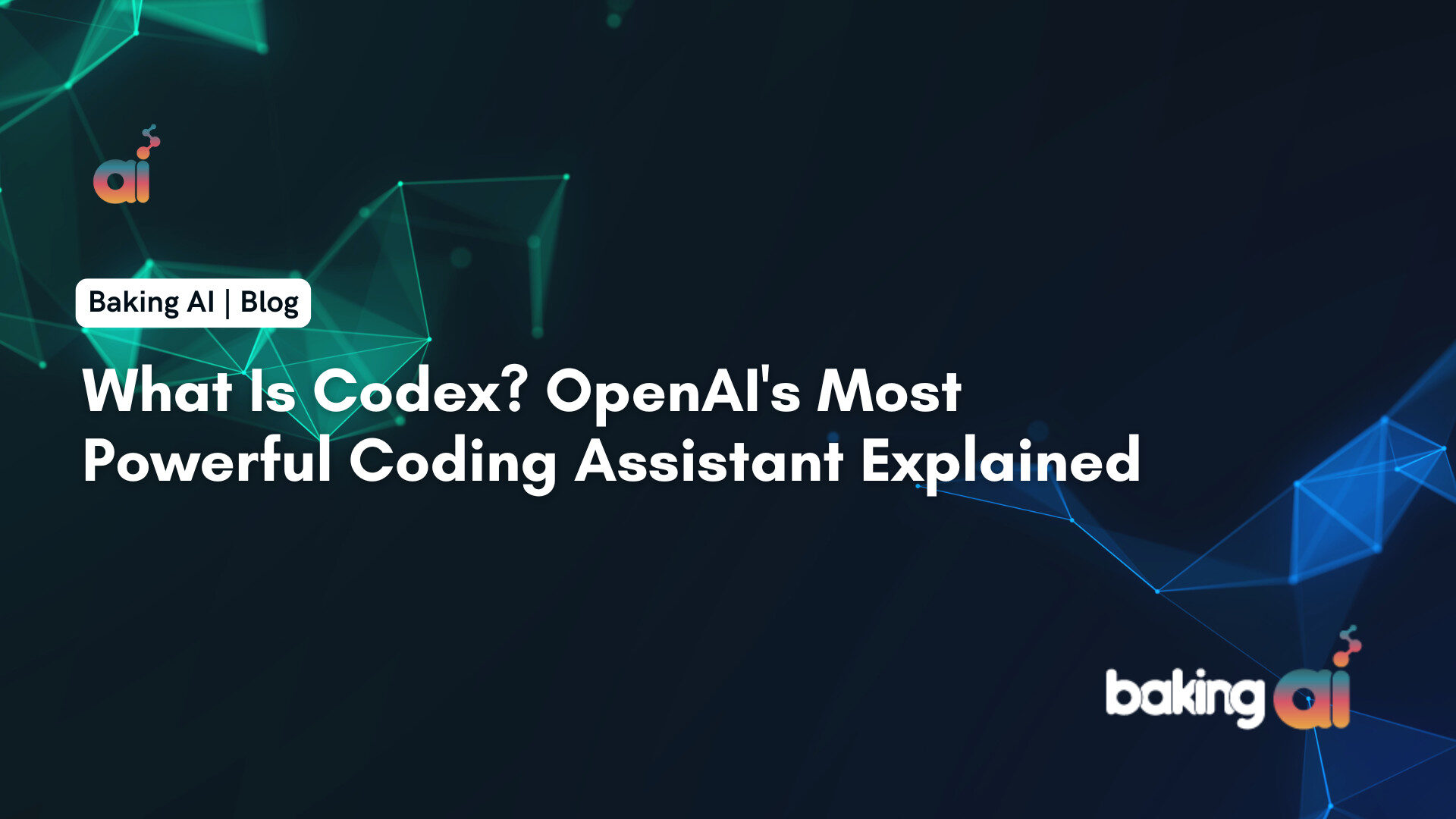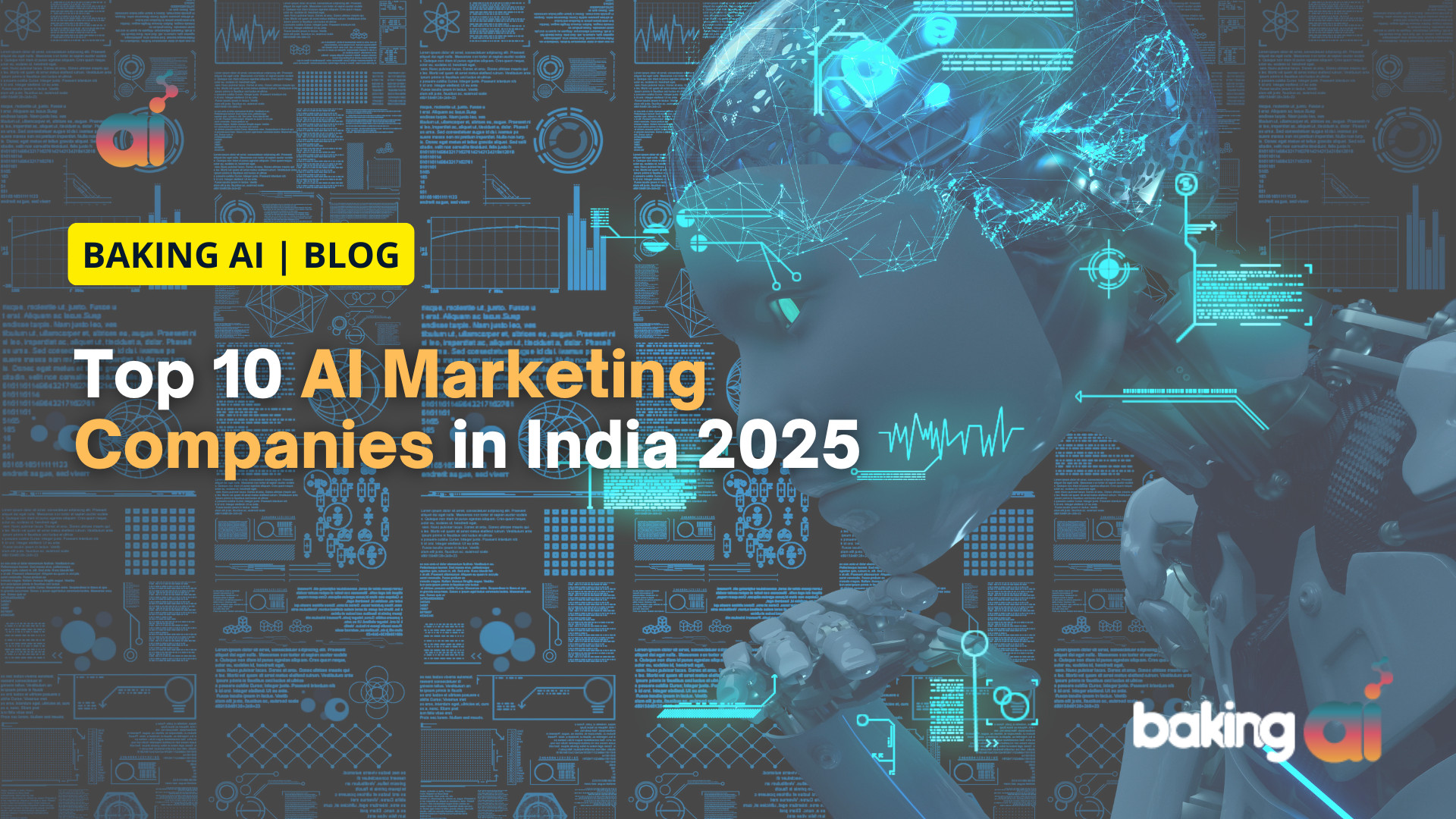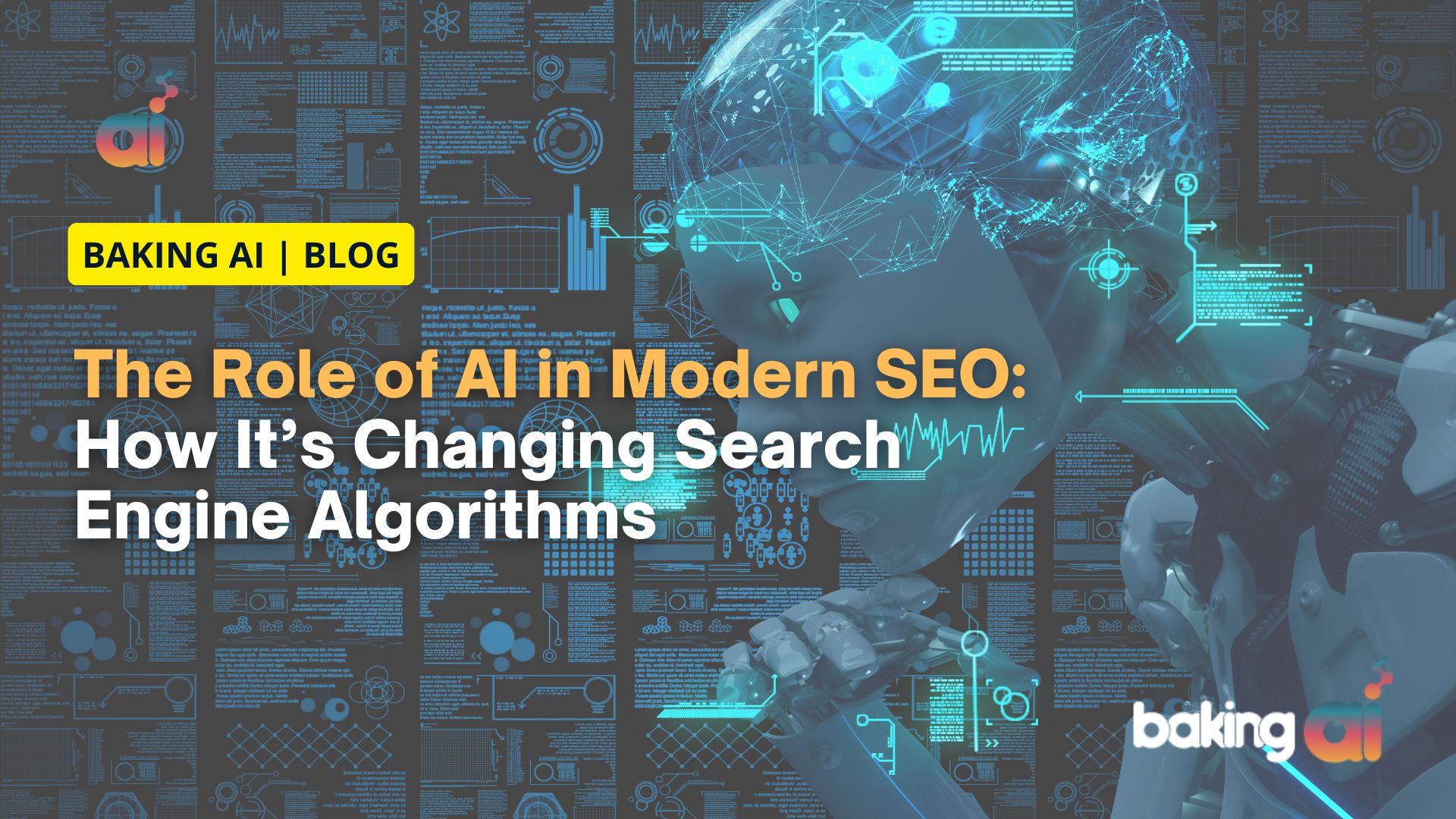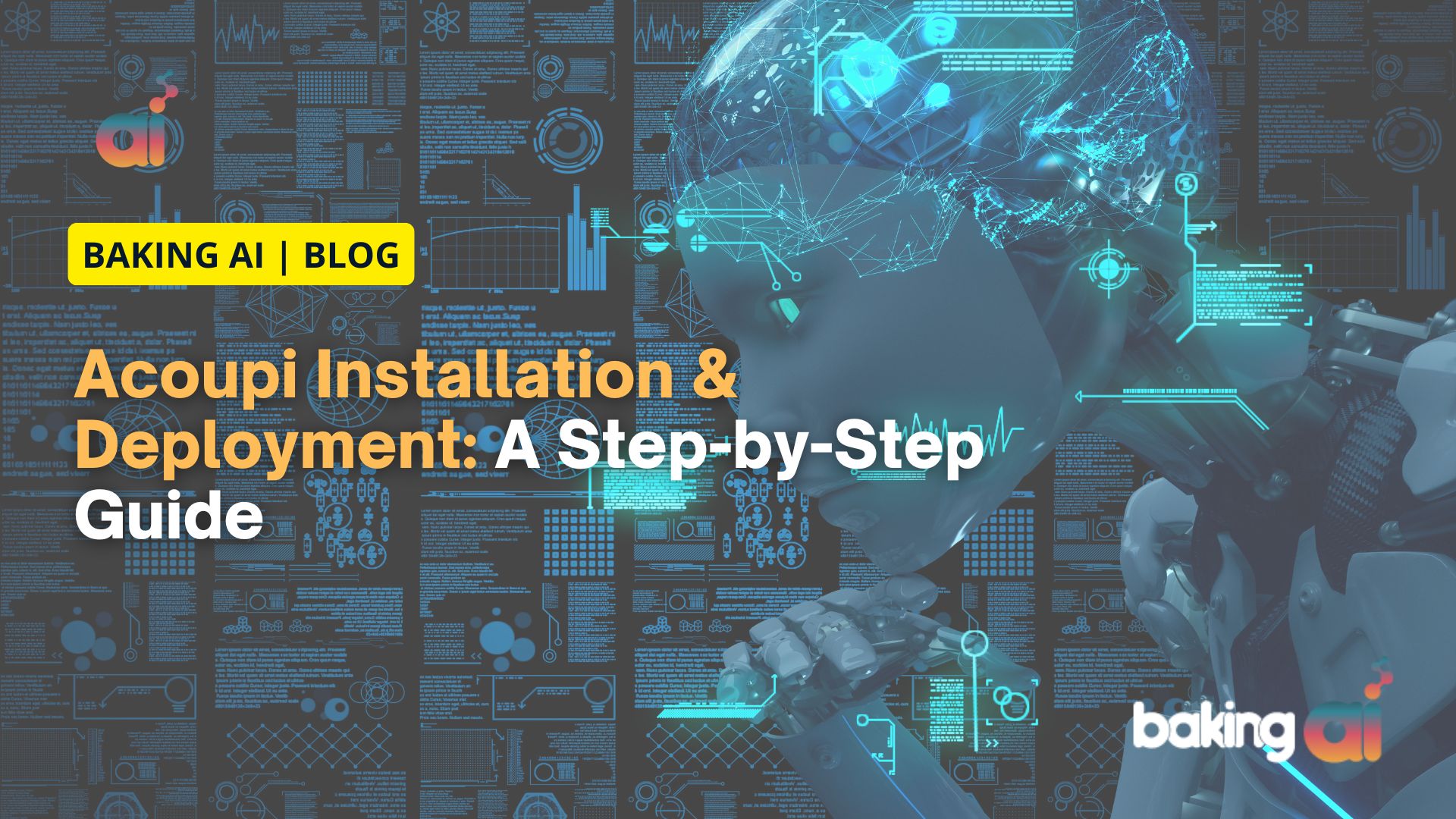A new era of software engineering is dawning, and it is driven by vibe rather than conventional code. This new method, called vibe coding, is transforming software development, who creates it, and what engineering might look like in the future.
Vibe coding, as opposed to manual, line-by-line programming, is essentially about employing strong AI tools to generate and iterate on code using intuitive reasoning and basic hints. Let the AI handle the heavy lifting while you specify your needs and run the results. The outcome? a new breed of programmers and non-programmers who can create useful apps without having extensive knowledge of frameworks, grammar, or the foundations of computer science.
AI researcher Andrej Karpathy popularised the concept by eloquently defining it as:
“I just see stuff, say stuff, run stuff, and it mostly works.”
Vibe coding is being used by businesses of all sizes, from startups and lone entrepreneurs to internet behemoths like Visa, Reddit, and DoorDash, as a way to accelerate growth and reduce access barriers. AI-assisted development is now easier to understand and more widely available than ever because to tools like GitHub Copilot, Cursor, and Cascade.
However, this change begs the crucial question: Will vibe coding be the engineering industry’s saviour or its demise?
We’ll dispel the myths, dangers, and practical ramifications of vibe coding for software developers, companies, and the larger IT community in this post.
The Workflow for Vibe Coding:
Vibe coding takes a more organic, flowing route than standard software engineering:
- Prompt: Use simple language or lightweight pseudocode to explain what you want, including functionality, logic, and even user interface.
- Generate: Working code is produced by an AI helper (such as GitHub Copilot, Cursor, or Cascade).
- Test: You execute it right away in the same sandbox or AI-powered IDE.
- Iterate: Check what’s wrong, adjust the prompt, and then regenerate. Do it again.
Compared to formal programming paradigms, this method is more in line with design thinking and creative flow. It is quick, easy to use, and ideal for idea bootstrapping, prototyping, and experimenting.
Traditional Coding vs. Vibe Coding
| Traditional Engineering | Vibe Coding |
|---|---|
| Code-first | Prompt-first |
| Formal syntax & structure | Conversational input |
| IDE-centric | AI assistant-centric |
| Rigid compile/run/debug | Fluid test/tweak/retry |
| Often solo & methodical | Often collaborative with AI |
In traditional software development, engineers translate requirements into hand-written code—methodically building systems with strict architecture, typing, and performance in mind. Vibe coders, by contrast, start with intention and let AI generate rough or working drafts that they continuously refine.
Related Tools Worth Exploring:
Why Vibe Coding Is Exploding Right Now
Vibe coding isn’t just a trend—it’s a fundamental shift in how software is built. Over the past year, we’ve seen an unprecedented surge in adoption driven by next-gen AI tools, startup momentum, and changing industry expectations. Here’s why vibe coding is taking off like wildfire:
1. The Rise of Powerful AI Coding Copilots
At the heart of vibe coding is a new breed of AI assistants. Tools like GPT-4o, Cursor, and Windsurf Cascade have dramatically improved the quality, speed, and usability of AI-generated code. These copilots don’t just autocomplete code—they understand full-stack architectures, debug, and even refactor in real time through natural language.
Unlike early tools that required strong technical context, modern copilots are more intuitive, letting developers “vibe” with the system: speak intentions, get structured code. Cursor, for example, integrates chat-based workflows directly into your IDE, while GPT-4o bridges code with design and logic, acting like an AI pair programmer with superpowers.
2. Startups Are Raising Millions to Make Vibe Coding Mainstream
Startups are betting big on vibe coding—and so are investors. Companies like Lovable, which enables non-engineers to build apps with AI-generated code, recently raised funding at a $1.5 billion valuation. Similarly, Domu and other early-stage players are launching AI-native developer tools aimed at simplifying product creation without traditional code.
These platforms aren’t just side projects—they’re backed by top venture capital firms who see the potential to democratize software development, especially for solo entrepreneurs and product teams without large dev resources.
3. Job Requirements Are Evolving—Fast
Tech companies are rapidly rewriting what it means to be a “software engineer.” New job listings from major firms like Visa, Reddit, DoorDash, and Roblox now include terms like “AI coding fluency” and even specify that engineers should use AI tools for 50% or more of their workflow.
This signals a major industry pivot: engineers are no longer just judged by how well they can write code—but by how well they can collaborate with AI to build scalable systems faster, safer, and cheaper.
What It All Means
Vibe coding is booming because the ecosystem is ready:
- The tools are mature
- The market is hungry
- And the job landscape is shifting
The Pros of Vibe Coding
1. Quickness and Effectiveness
By automatically recommending code, boilerplate, and logic, AI solutions such as GitHub Copilot and Amazon CodeWhisperer drastically cut down on development time, enabling developers to ship more quickly.
2. Increased Efficiency
While AI takes care of repetitive activities like file setup, CRUD operations, and grammar corrections, developers can concentrate on higher-level reasoning, increasing output while reducing weariness.
3. Development Democratization
Junior developers or non-programmers can contribute more assuredly with LLMs. AI fills in the skill gap by offering direction, clarifications, and code completion.
4. Consistency and Quality of Code
Large-scale repository-trained AI models frequently recommend industry-standard best practices, which can enhance the codebase’s readability and uniformity.
5. Support from the Industry
AI coding assistants have been supported by leaders such as Sid Sijbrandij, CEO of GitLab, as tools that will become commonplace in the software development process. AI-enhanced development is also seen by venture capitalists as the next big SaaS market.
6. MVP Cost Reduction
Vibe coding lowers early development expenses for startups and small enterprises by enabling them to quickly create prototypes and MVPs without the need to hire huge teams.
7. Learning in Real Time for Developers
AI tools are useful learning companions for new languages or frameworks since they offer in-line explanations and documentation recommendations.
The Cons of Vibe Coding
1. Insufficient Awareness of Context
Syntactically correct but contextually wrong code can be produced by AI. It doesn’t always comprehend your business logic, intent, or system design.
2. Security Risks and Vulnerabilities Research indicates that AI-generated code may present security vulnerabilities (e.g., Stanford & NYU’s study “Asleep at the Keyboard?”). When developers copy AI-recommended snippets mindlessly, they run the risk of buffer overflow or SQL injection.
3. Issues with Intellectual Property
Your project could be at danger of legal issues if AI models trained on open-source repositories inadvertently recommend copyrighted or GPL-licensed technology.
4. Reliance on AI Limits the Development of Skills
The profound problem-solving and debugging abilities engineers typically acquire may be hampered by an over-reliance on AI tools.
5. Varying Quality of Output
Because AI recommendations might differ greatly in terms of prompt quality, code creation is unreliable for edge circumstances or sophisticated business logic.
6. Ineffective Management of Complicated Architectures
Large-scale systems with distributed services, sophisticated state management, or complex DevOps pipelines are difficult for AI-generated code to handle.
7. Actual Production Failures
Over-reliance on AI-generated configurations and reasoning has resulted in errors and outages, according to case studies from enterprise teams that have been shared on sites like Stack Overflow and Reddit dev forums.
When (and How) to Use Vibe Coding Wisely
Best Use Cases
- Prototyping new features quickly
- Generating boilerplate code and setup scripts
- Learning new technologies or accelerating onboarding
Avoid in
- Critical production workflows
- Security-sensitive modules
- Heavily regulated industries without proper checks.
Support questions
Will Vibe Coding Replace Engineers?
No, but it will change the way engineers work.
Vibe coding (AI-assisted code generation) isn’t here to take jobs—it’s here to change how coding is done. Just like compilers, IDEs, and Stack Overflow changed the developer’s toolkit, vibe coding is the next evolution.
Is This the End of Manual Coding?
Not at all, AI can write functions, suggest improvements, and speed things up—but it can’t replace deep thinking, architecture design, debugging, or human creativity. You’ll still need real engineers to build, test, and maintain systems.
What Happens to Bootcamps and CS Degrees?
They’ll evolve.
- Coding bootcamps will teach how to prompt AI effectively and review AI-generated code.
- CS degrees will focus more on systems thinking, algorithms, ethics, and AI-assisted development.
- The focus will shift from “write this code” to “solve this problem with the right tools.”
Will Tech Interviews Stay the Same?
Probably not, Expect less emphasis on memorizing syntax and more on:
- Understanding AI-generated code
- Writing clean, testable logic
- Problem-solving and design
- Explaining trade-offs in real-world scenarios
Is Vibe Coding a Threat to Engineers?
It’s not a threat—it’s a reckoning.
Engineers who embrace it will move faster, build smarter, and stay ahead. Those who resist may fall behind. The key is to adapt, not fear.

